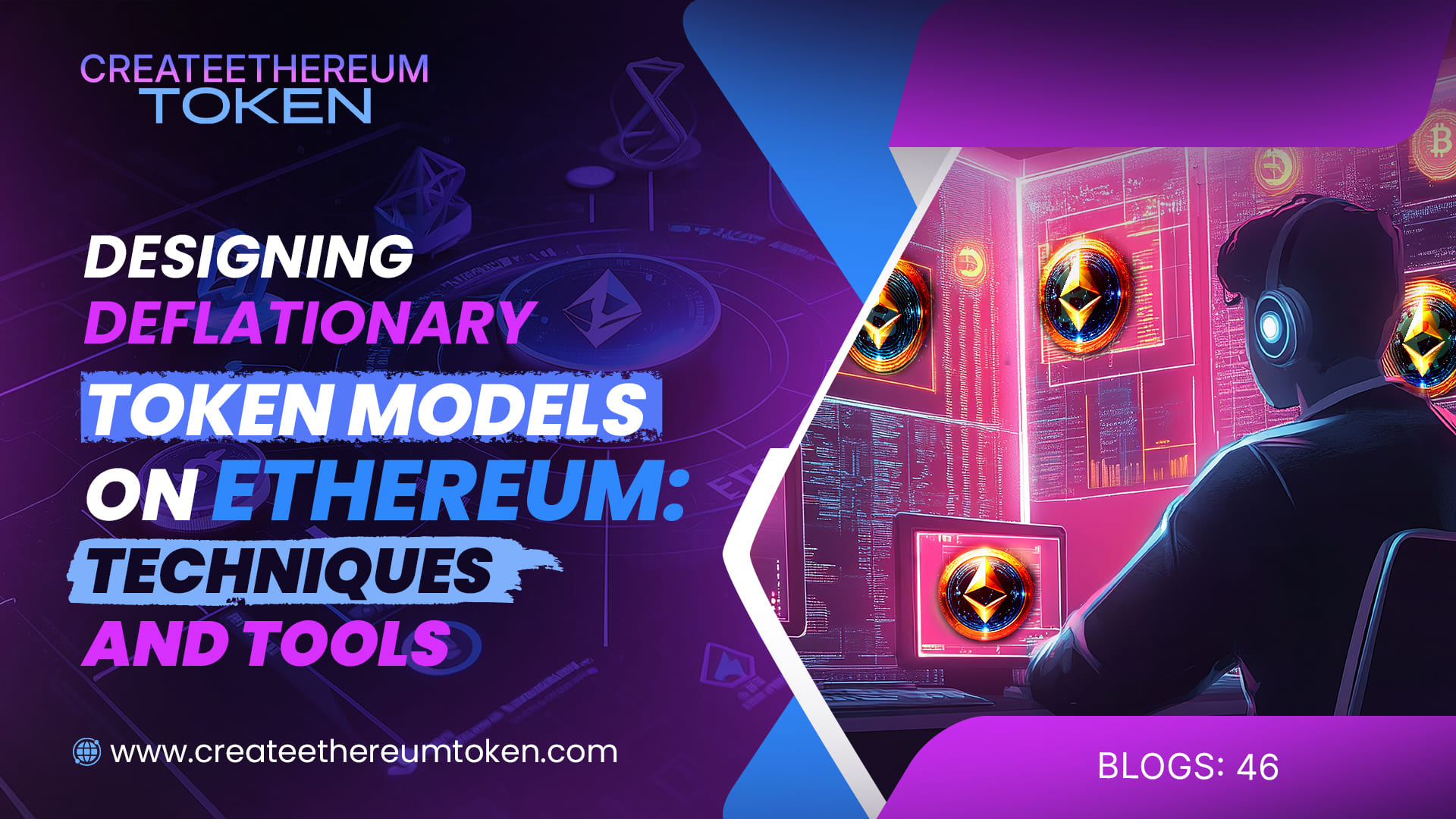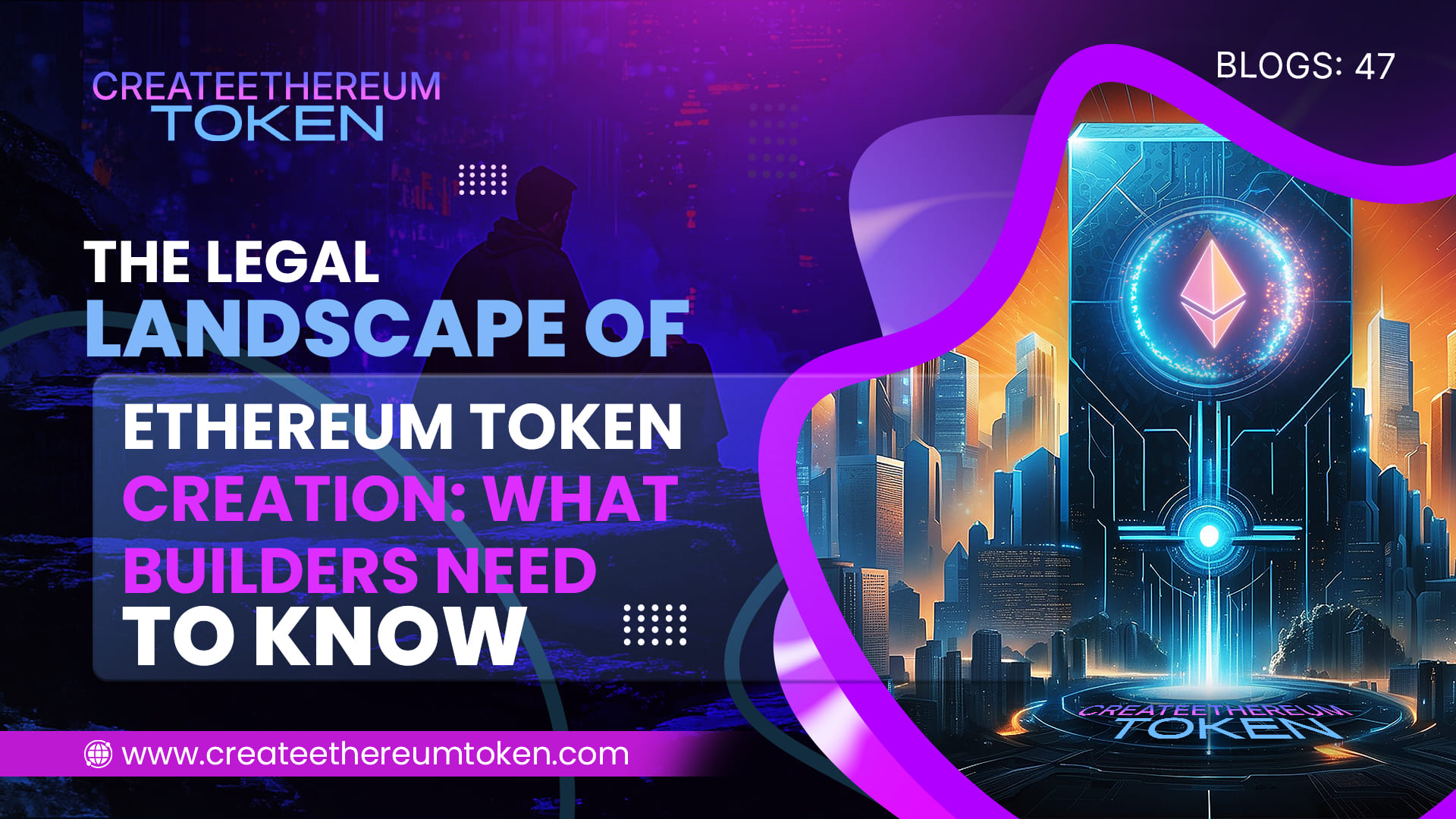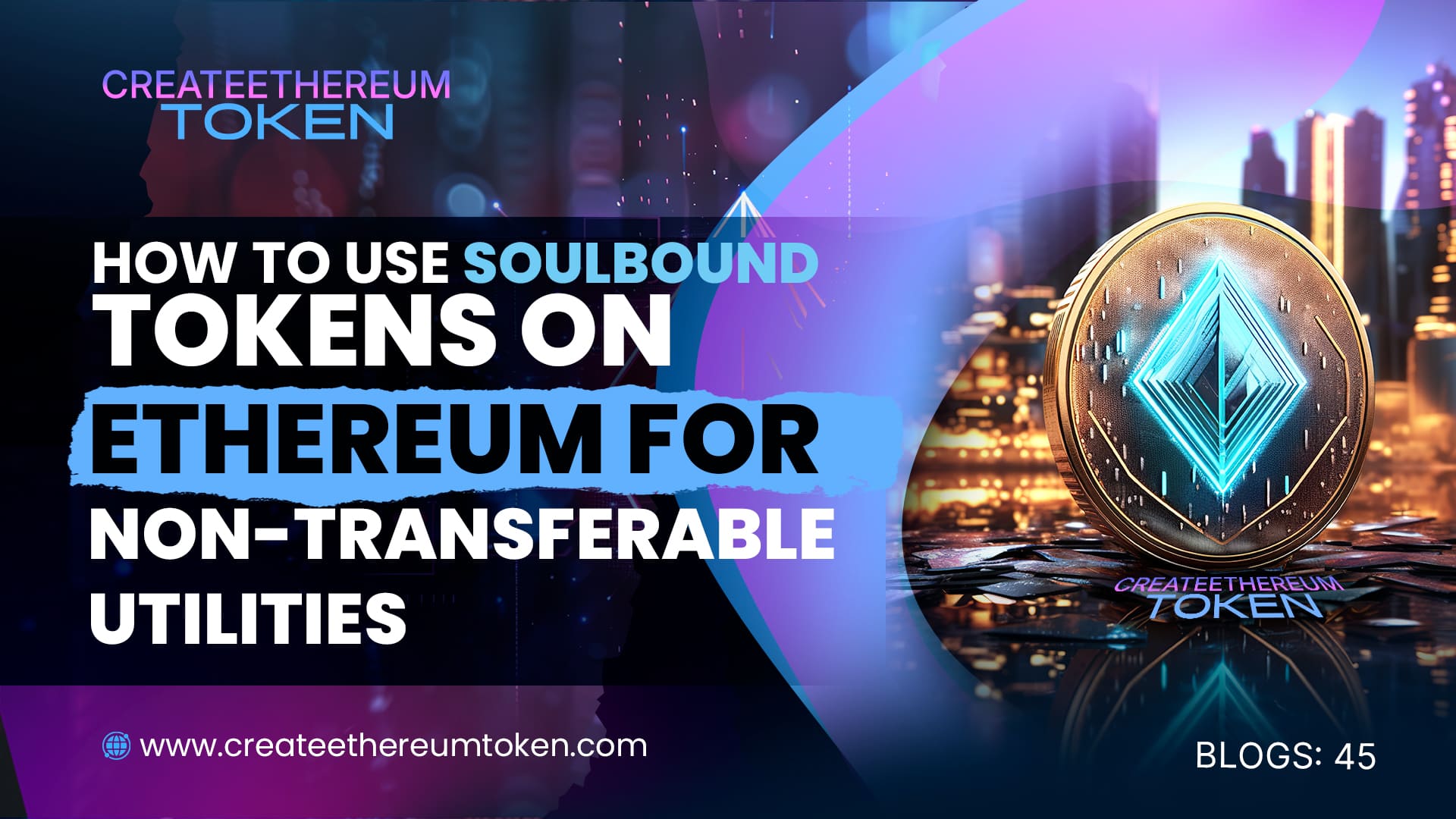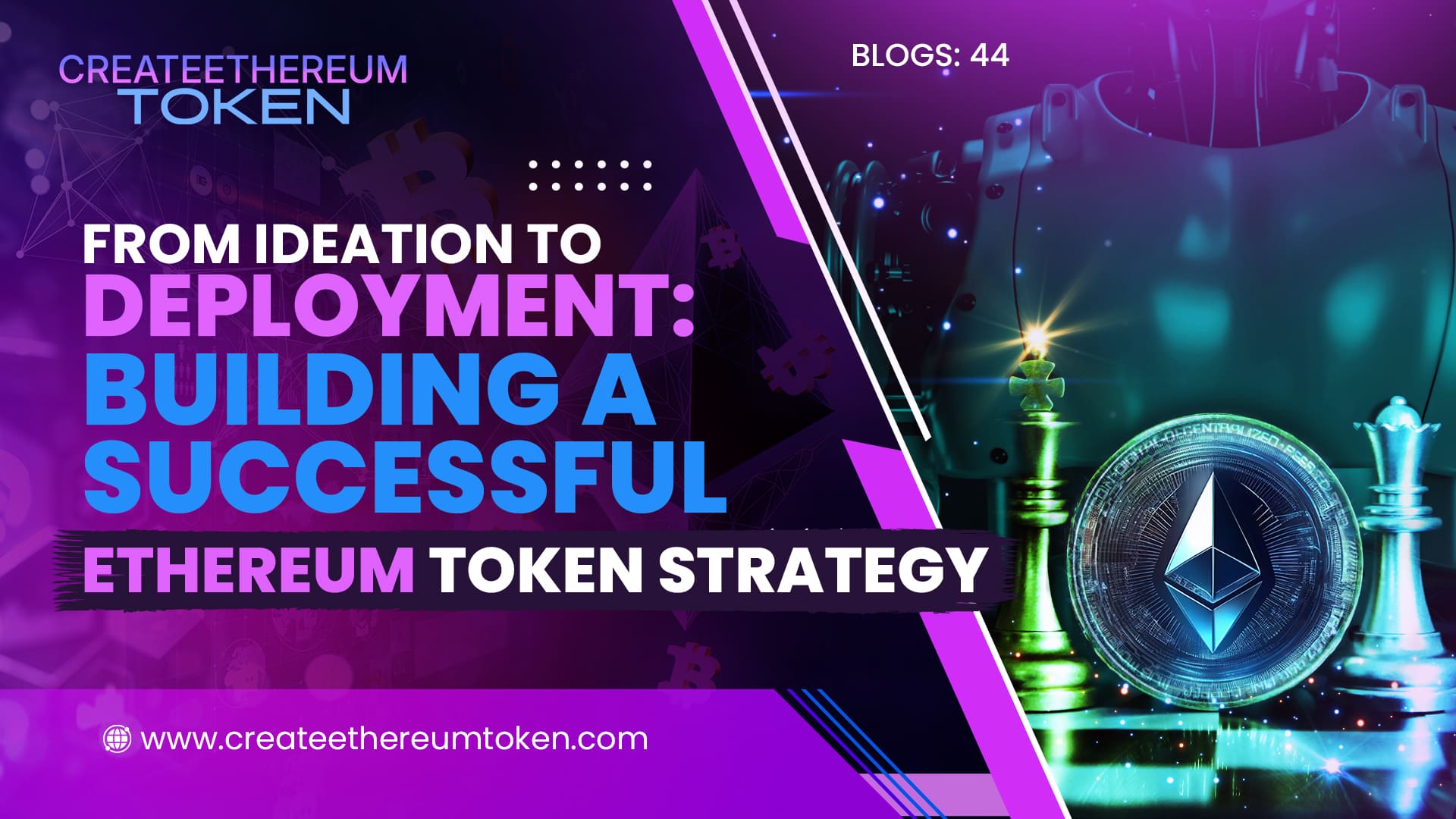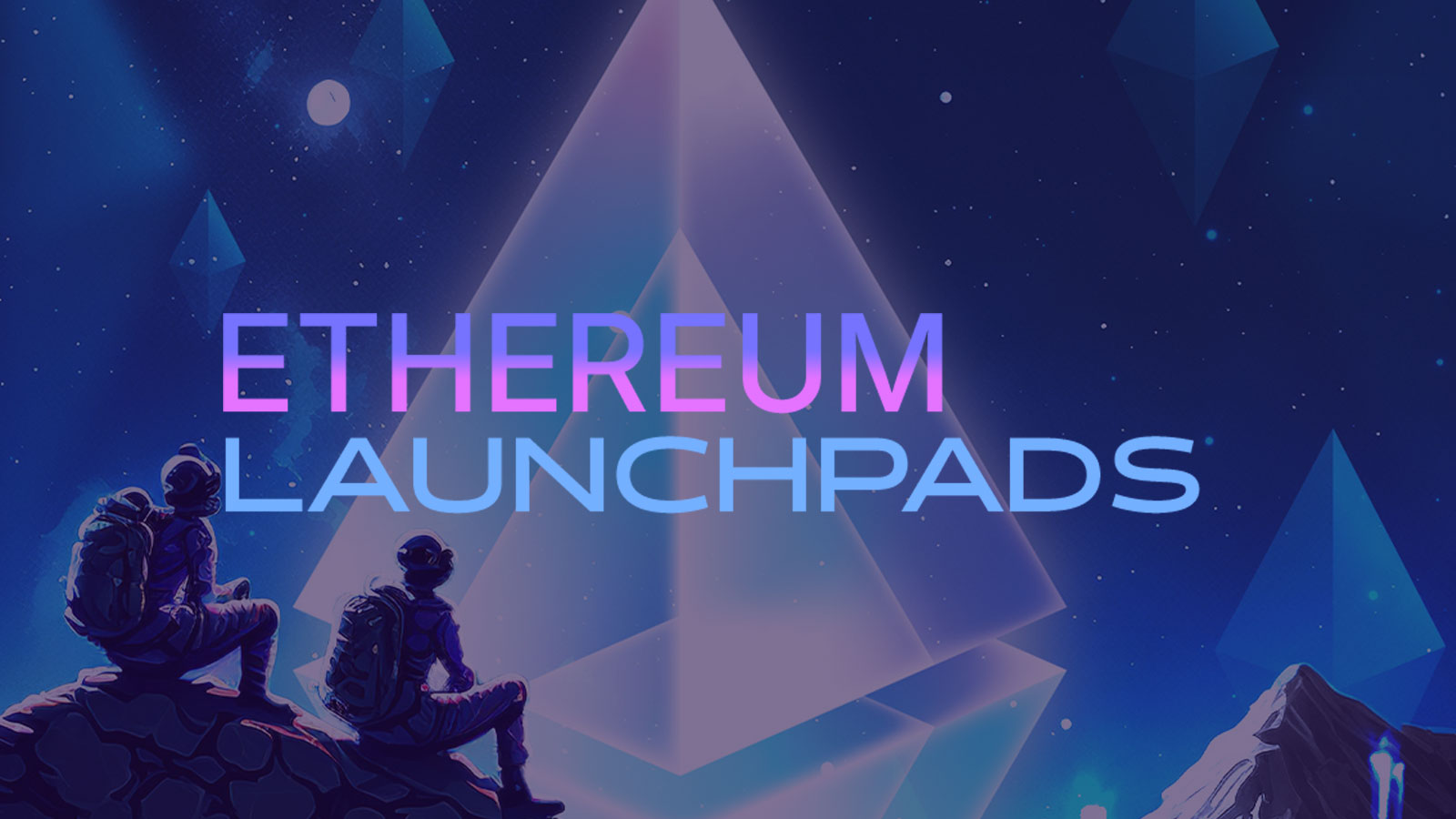June 12, 2025
Designing Deflationary Token Models on Ethereum: Techniques and Tools
A deflationary token model is designed to reduce the total supply of tokens over time, creating scarcity that can potentially increase the token’s value. On Ethereum, these models are becoming popular for incentivizing long-term holding and reducing speculative dumps.
What Is a Deflationary Token Model?
A deflationary token has built-in mechanisms that burn, lock, or otherwise remove tokens from circulation. This is the opposite of inflationary models, where more tokens are continuously created.
Common deflationary mechanisms include:
- Token burns on transactions
- Scheduled or manual burns
- Buyback-and-burn mechanisms
- Automatic liquidity removal
- Fees redirected to a burn wallet
Popular Techniques for Ethereum-Based Deflationary Tokens
- Transaction Burn Fees
Burn a percentage of each transaction (e.g., 1%). You can integrate this into the smart contract by overridingtransfer()andtransferFrom()functions. - Buyback and Burn
Use a portion of project revenue or tax to buy tokens from the market and burn them. This is often handled off-chain or via treasury smart contracts. - Scheduled Burns
Predefine burn events based on milestones or time intervals—e.g., quarterly burns of unused treasury tokens. - Event-Based Burns
Burn tokens based on user activity, failed bids, or other custom triggers. This creates a gamified dynamic around token reduction. - Token Locking + Vesting
While not a burn, locking large amounts of supply can mimic deflation by restricting access. This is useful when paired with actual burn events.
Tools and Smart Contract Libraries to Use
- OpenZeppelin Contracts
Extend standard ERC-20 contracts with custom burn logic using OpenZeppelin’s battle-tested library. - Remix IDE or Hardhat
Deploy and test your burn-enabled token contracts easily using these development environments. - Etherscan & Dune Analytics
Track token burns, wallet balances, and deflation metrics in real-time. - Block Explorers + Burn Trackers
Provide transparency to users by sharing live burn stats and dashboards.
Considerations Before Launch
- Sustainability: Excessive burning can destroy liquidity or reduce usability. Balance deflation with utility.
- Regulatory Compliance: Avoid models that may resemble stock buybacks if you’re dealing with jurisdictional risk.
- User Communication: Be transparent about how and when burns occur. Public burn addresses are a must.
Conclusion
Deflationary token models on Ethereum offer a powerful way to manage supply and create economic value. With the right contract architecture and transparent tooling, you can implement a sustainable burn strategy that builds long-term trust and excitement in your community.
